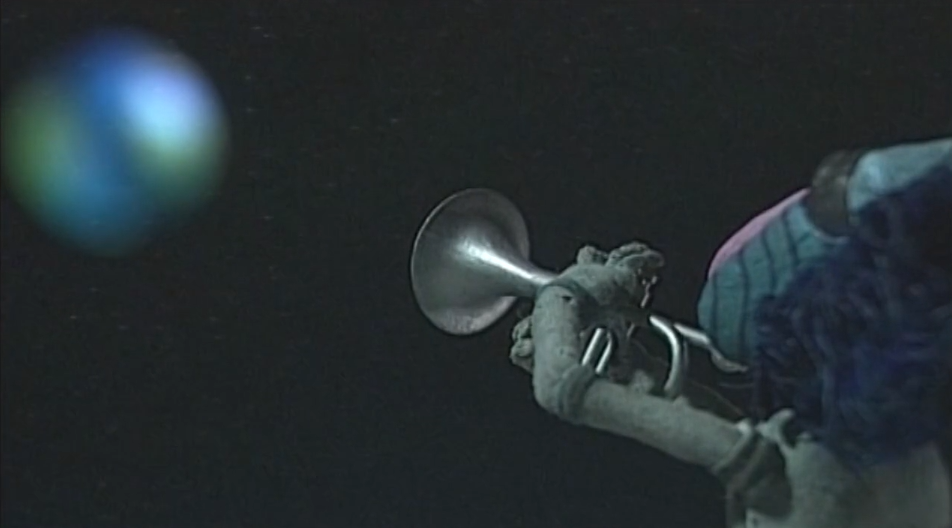Sound and Image: Sound On/Vision Off
Sound and Image: Sound On/Vision Off
Sound and Image
Sound is a fundamental element of screen texts, and one whose significance is often overlooked. Sound – particularly music – can set the mood of a text, it can signify genre, and it can often be more powerful than the visual images. In addition to its emotive force, the soundtrack often carries a huge amount of narrative information, absorbed subliminally by the viewer/listener.
Sound can affect not only the way viewers interpret the images and how they feel about story events, but also what they think they actually see.
A soundtrack can have one or more of four elements – music, sound effects, dialogue and silence. Sound effects are of two types – atmosphere (continuous sound) or ‘spot effects’ (short sounds). Silence can be used to create tension or to slow the pace.
Sound On/Vision Off
A number of exercises can be used to develop an understanding of the relationship between sound and image in moving image texts. The most common is the Sound On/Vision Off exercise.
Before watching a film for the first time, cover or blank out the screen. Ask the class to listen carefully to the soundtrack of a moving image text, writing down exactly what they hear. Get pupils to tell you their ideas about what might be happening on screen based on what they heard. Some questions you could ask are:
- Where is the film set? (Indoors/outdoors? Rural/urban? Which country/continent?)
- When is the film set? (Day/night? Past/present/future?)
- Who is in it? (Gender? Age? Number?)
- What are they doing?
- What is happening?
- Which genre/type of text might it be?
- What is the mood/tone?
- How will it end? (Happily/sadly?)
You could then delve a little deeper...
- How would you describe this music?
- How would the sequence be affected if it was a different kind of music?
- What can you tell about the speakers from their voices? Accent? Tone?
- Do the sound transitions in this sequence match the shot transitions? (In drama they may anticipate them, heightening the suspense.)
Only watch the clip after full discussion to discover how much you were able to work out in advance. Reflect on the role of the soundtrack and ask yourselves how the sound and music affected your perception of the action, your understanding of the narrative and your involvement in it, in particular:
- Pace
- Mood
- Character/s and their motivation
- Narrative tension and suspense
- Genre
- Unusual or repeating sounds, or use of music.
You might find it useful to use our Sound On/Vision Off worksheet for these exercises.
Watch our Sound On/Vision Off tutorial.
Further activities
Play a sequence without the sound (Sound Off/Vision On) and ask pupils to suggest or create a suitable soundtrack.
Download one of the films in the collection and remove the soundtrack. Then create an appropriate soundtrack of your own.
